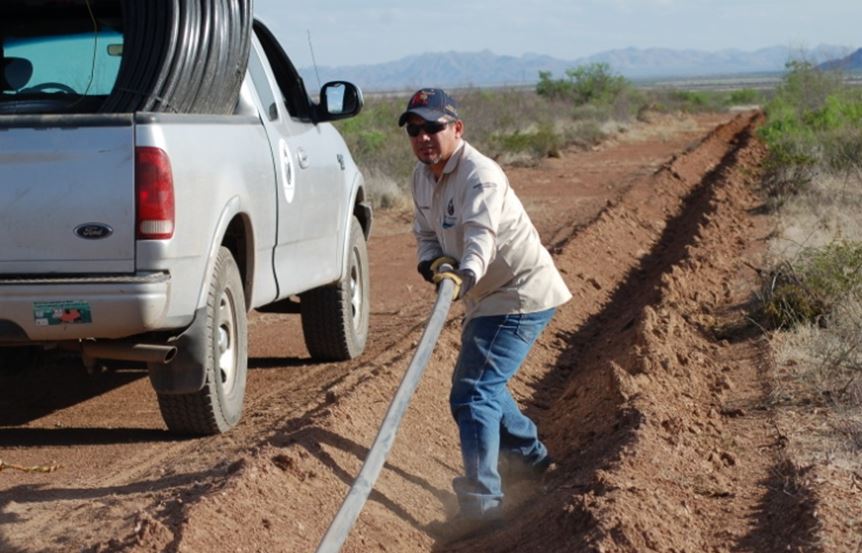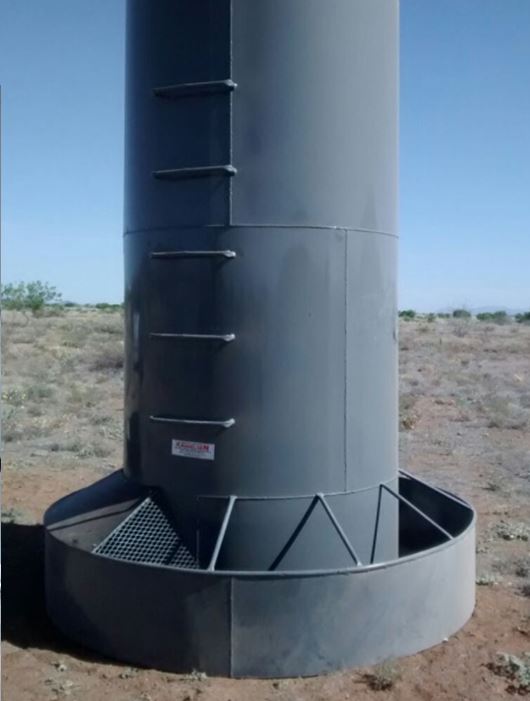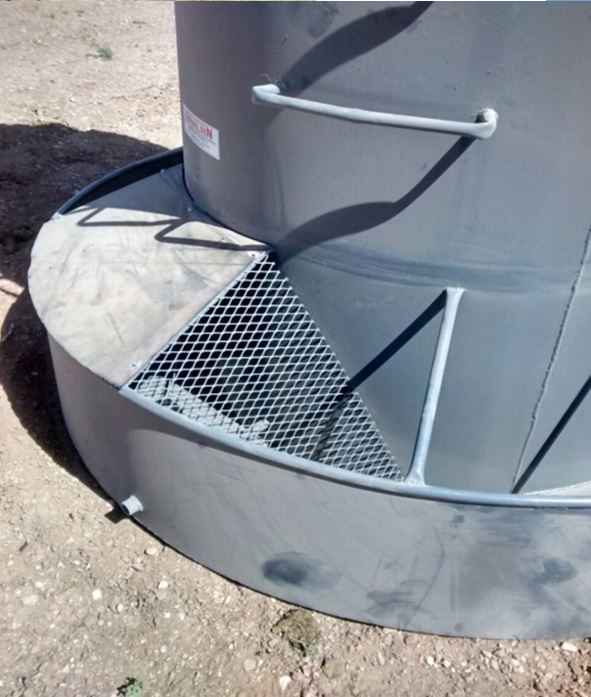| Type | CEC-support Ranch Pilot |
| Organization | Rancho El 15 |
| Country | Mexico |
| Region | Municipalities of Villa Ahumada and Chihuahua, Chihuahua |
| Grass Type | Open grassland, halophyte grassland and desert scrub |
| # of head of cattle | 200 |
| Hectares | 3,900 |
| Language | Spanish |
| Date modified | August 2015 |
Rancho El 15 forms part of the grassland conservation collaboration initiative between the Commission for Environmental Cooperation (CEC) and the non-profit organizations, Rocky Mountain Bird Observatory, IMC Vida Silvestre and Pronatura. The actions conducted under this initiative—financed with funding from the CEC and the American Bird Conservancy—for this pilot ranch have focused on developing and deploying a grazing management plan on the property.
The ranch is located in the central valley region of Chihuahua, one of the last open grasslands in the Chihuahuan Desert, just at the southern boundary of the farmland that threatens the natural grasslands. The conservation of this land—“marginal” habitat for all grassland wildlife species of interest for conservation—is a priority. Its main activity is cattle raising: currently 200 head of cattle are pastured there and preparations are underway for rotational grazing.
The ranch owner, Ivone Borunda, comes from a family that has engaged in stockbreeding for three generations. With much enthusiasm, she is currently undertaking a process to renew and adapt ranch management with a comprehensive approach, giving the same importance to wildlife and habitat conservation as she does to optimal and profitable cattle production.
The area where El 15 is located, which is of great international importance for grassland conservation, is one of the last stretches of natural grassland in the heart of the central valleys of the Chihuahuan Desert. Most grassland birds of common concern winter in the valley, such as the chestnut-collared longspur (Calcarius ornatus), Sprague’s pipit (Anthus spragueii), Baird’s sparrow (Ammodramus bairdii) and the grasshopper sparrow (Ammodramus savannarum), and it is the habitat of the aplomado falcon (Falco femoralis), the golden eagle (Aquila chrysaetos), and one of the last herds of Mexican pronghorn (Antilocapra americana mexicana).
Through 2008, grasslands at El 15 were overgrazed and undergrazed, to the point of showing signs of being degraded grasslands in their functional ecology. Now they are recovering. Ranch management is in transition, with water distribution and paddock division being reconfigured for the rotation grazing approach.
Actions have included the design of a grazing management and grassland restoration plan and the installation of infrastructure required to execute the plan, namely two troughs (one with a capacity of 4,000 liters and another of 10,000 liters), five kilometers of tubing, and 3.3 kilometers of smooth wire to divide the paddocks.



